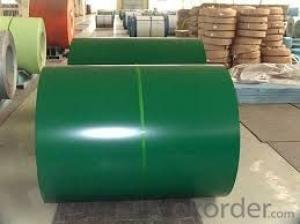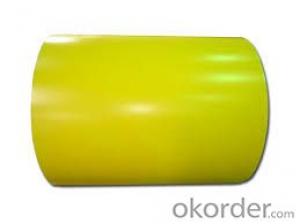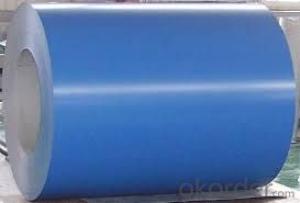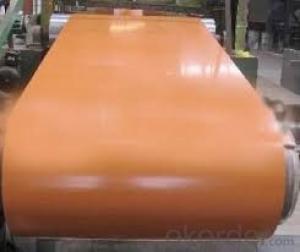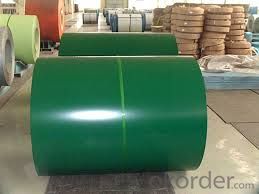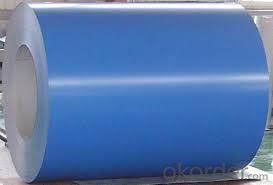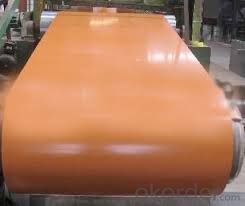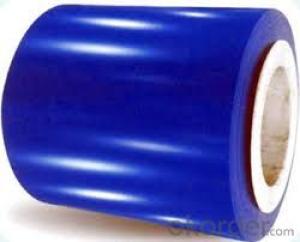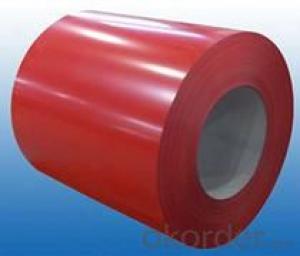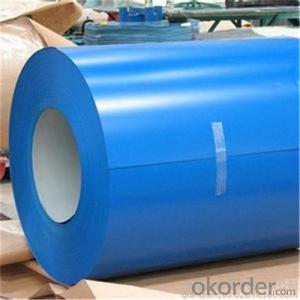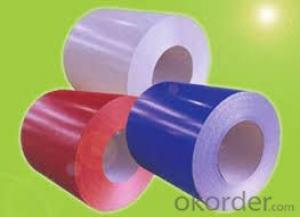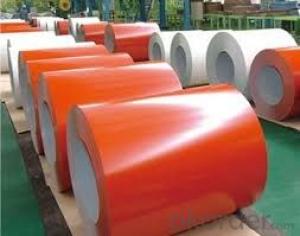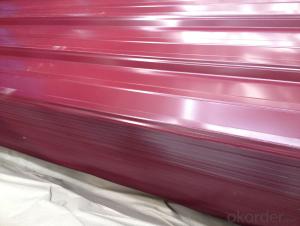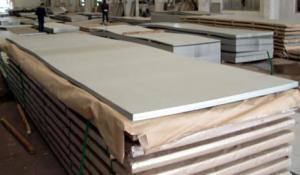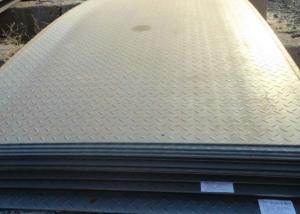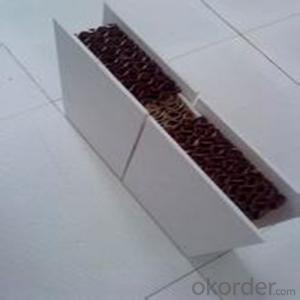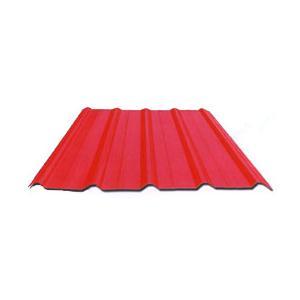prepainted galvanized corrugated plate / sheet in China
- Loading Port:
- Tianjin
- Payment Terms:
- TT OR LC
- Min Order Qty:
- 100 m.t.
- Supply Capability:
- 500000 m.t./month
OKorder Service Pledge
OKorder Financial Service
You Might Also Like
Brief Introduction of Prepainted Galvanized Steel:
Prepainted Galvanized Steel usually refers to have substrate processed with surface processed and coated then(roller coated )or bonded organic thin film and baked, and it is able to be processed to final production .
Prepainted Galvanized Steel qualified with excellent decorative, formability, corrosion resistance, coating adhesion ,can keep for a long time as well as maintain fresh color .For color coated steel sheet can obtain good economic benefit by steel belt wood ,efficient in construction and save energy ,prevent pollution etc. Which is an ideal material; for manufacturing board.
Description of Prepainted Galvanized Steel:
1.material : galvanized steel sheet / prepainted galvanized sheet
2.sheet thickness : normal use 0.3-0.6mm
3.length: any length, according to the transportation, generally less than 12m
4.color: standard color: red, blue, white, grey; special color: according to RAL color
Specification of Prepainted Galvanized Steel:
prepainted corrugated steel plate | |
material | galvanized steel sheet |
prepainted galvanized sheet | |
model No. | types of roof sheets |
sheet thickness | normal use 0.3-0.6mm |
length | any length, according to the transportation, generally less than 12m |
color | standard color:red, blue, white, grey |
special color: according to RAL color | |
characteristic | 1:weather proof |
2:heating insulation | |
3:fireproof | |
4:anti-rust | |
5:sound insulation | |
6:long life span: more than 15 years | |
advantages | 1.low foundation cost |
2.easy construction | |
3.time saving | |
4.labor saving | |
application field | 1:construction:prefabricated house, steel house, mobile house, modular house, villa, bungalow design, portable house/carbin, ready made house, kiosk booths, steel building... |
2:container manufacturing | |
3:household appliances and furniture | |
4:vehicle and vessel manufacturing | |
5:others,like machinery structual parts, manufacturing shells of motors and so on | |
packing | plastic film, pallet or as your request |
Applications of Prepainted Galvanized Steel
It can be widely used in transportation, light industry, civil usage and farming. It is also the perfect building material in construction for making steel roofing, insulation panel, corrugate sheet, facade wall, shutters, T-bar and home appliance.
Packaging & Delivery of Prepainted Galvanized Steel
The packing of coils consists of anti-damp paper, PVC film, hardboard paper, steel box, strapped with steel strips, fitted with locks and edge protectors and guarantees the optimal condition of the delivered goods. Each coil can be additionally fitted with wooden/steel skids(eye to the side) or wooden pallets(eye to the sky).
Images of Prepainted Galvanized Steel:
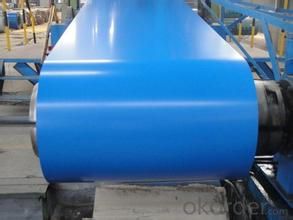
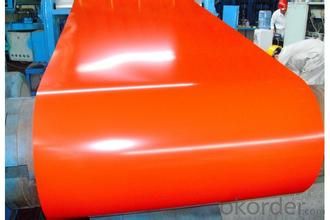
- Q: Are the steel sheets resistant to UV radiation?
- Generally, steel sheets are resistant to UV radiation. Steel, being a highly durable material, can endure exposure to different environmental factors, including UV radiation. However, the level of resistance may differ depending on the specific type of steel and its protective coating. Steel sheets with a superior protective coating, such as galvanized or stainless steel, exhibit greater resistance to UV radiation compared to bare steel. These coatings act as a barrier, preventing direct impact of UV rays on the steel surface and reducing the chances of degradation or discoloration. Moreover, regular maintenance and proper care can further bolster the steel sheets' resistance to UV radiation, ensuring their long-term durability and performance.
- Q: Can steel sheets be perforated?
- Yes, steel sheets can be perforated. Perforating steel sheets involves creating a pattern of holes or perforations in the material, which can be achieved through various methods such as punching, drilling, or laser cutting. This process is commonly used in industries like construction, automotive, and manufacturing for applications such as ventilation, filtration, acoustic panels, or decorative purposes.
- Q: Are the steel sheets magnetic?
- Yes, steel sheets are magnetic.
- Q: Steel plate coated cement mortar, how can bonding firm?
- You can use glue stick steel nap, after curing of plaster
- Q: What is the average thermal conductivity of steel sheets?
- The average thermal conductivity of steel sheets typically ranges from 15 to 50 Watts per meter Kelvin (W/m·K).
- Q: What is the difference between a brushed and polished steel sheet?
- The surface finishes of a brushed steel sheet and a polished steel sheet vary. A brushed steel sheet is distinguished by parallel lines or scratches on its surface, which are created using abrasive materials or tools. The purpose of brushing is to give the steel sheet a textured look, which helps conceal fingerprints, scratches, and signs of wear. Additionally, it provides an industrial and matte finish. On the contrary, a polished steel sheet boasts a sleek and glossy surface. Polishing involves the use of polishing compounds or abrasive materials to eliminate imperfections, scratches, and oxidation from the steel surface. This process results in a reflective and mirror-like finish, which enhances the visual appeal of the steel sheet. Polished steel sheets are often utilized in applications where appearance and visual attractiveness hold significance, such as architectural design, interior decoration, and high-end products. To summarize, the primary distinction between a brushed and polished steel sheet lies in their surface finishes. Brushed steel sheets possess a textured and matte appearance, whereas polished steel sheets exhibit a smooth and glossy, mirror-like finish. The choice between the two is contingent upon the desired aesthetic, functional requirements, and intended application of the steel sheet.
- Q: Can the steel sheets be easily drilled for fastening purposes?
- Yes, steel sheets can be easily drilled for fastening purposes.
- Q: What is the average cost of steel sheets compared to fiberglass?
- The average cost of steel sheets compared to fiberglass can vary depending on various factors. Generally, steel sheets tend to be more expensive than fiberglass sheets. This is mainly due to the higher cost of raw materials and the manufacturing process involved in producing steel sheets. Additionally, steel sheets are known for their durability and strength, making them a popular choice for applications where strength and resistance to impact or harsh weather conditions are required. On the other hand, fiberglass sheets are typically less expensive due to the lower cost of raw materials and the simpler manufacturing process. Fiberglass sheets are commonly used in applications where weight and corrosion resistance are important factors, such as in the construction of boats or aircraft. However, it is important to note that the cost of steel sheets compared to fiberglass can also be influenced by market fluctuations, availability, and specific requirements of the project. Therefore, it is recommended to obtain quotes and compare prices from suppliers to get an accurate understanding of the average cost in a given context.
- Q: What is the difference between a hot rolled and cold rolled galvanized steel sheet?
- The manufacturing process and resulting properties of a galvanized steel sheet differ between hot rolled and cold rolled. Hot rolled sheets are created by heating a large steel slab or billet above its recrystallization temperature, usually around 1700°F (926°C). This high temperature allows for easy shaping and forming of the steel into the desired thickness and dimensions. It also refines the grain structure and produces improved mechanical properties and a more uniform distribution of alloying elements. On the other hand, cold rolled sheets are manufactured at room temperature by passing the hot rolled sheet through rollers that compress and shape the material. This reduces the thickness of the sheet, increases its tensile strength, and improves its surface finish. Cold rolling also allows for tighter tolerances and more precise dimensions, making it suitable for applications that require high precision and consistency. In terms of properties, hot rolled sheets have a rougher surface finish due to the high temperature processing. However, they are generally more ductile and easier to form or bend compared to cold rolled sheets. Hot rolled sheets also have a slightly thicker oxide layer on the surface, providing additional corrosion resistance. On the other hand, cold rolled sheets have a smoother and more polished surface finish. They are typically thinner and have a higher strength-to-weight ratio compared to hot rolled sheets. The cold rolling process also results in a more homogeneous microstructure, improving the overall mechanical properties such as hardness and toughness. Ultimately, the choice between hot rolled and cold rolled galvanized steel sheets depends on the specific requirements of the application. Hot rolled sheets are often preferred for applications that require easy formability and a rougher surface finish, while cold rolled sheets are favored for their higher strength, tighter tolerances, and smoother surface finish.
- Q: How do you cut steel sheets?
- Steel sheets can be cut using various methods such as shearing, laser cutting, plasma cutting, or using a water jet cutter. The chosen method depends on factors like the thickness of the steel sheet, desired precision, and the available equipment.
Send your message to us
prepainted galvanized corrugated plate / sheet in China
- Loading Port:
- Tianjin
- Payment Terms:
- TT OR LC
- Min Order Qty:
- 100 m.t.
- Supply Capability:
- 500000 m.t./month
OKorder Service Pledge
OKorder Financial Service
Similar products
Hot products
Hot Searches
Related keywords
